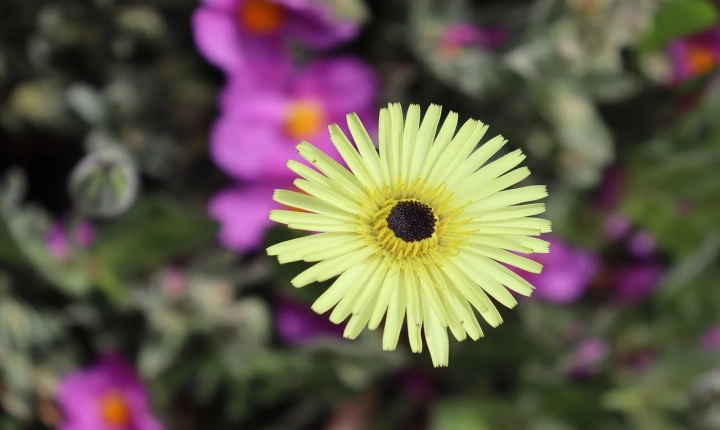AI Portraits: A Glimpse into the Future of Art
In recent years, the intersection of artificial intelligence and art has given rise to a fascinating new trend: AI portraits. These mesmerizing works of art are created using sophisticated algorithms and machine learning techniques, offering a fresh perspective on the age-old practice of portraiture.
AI portraits are generated by neural networks trained on vast datasets of art and photographs. These networks learn to recognize patterns and styles, allowing them to emulate the techniques of famous artists and create portraits that resemble traditional paintings. The results are often striking, with lifelike depictions of human subjects that blur the line between reality and fiction.
One of the most compelling aspects of AI portraits is the way they challenge our notions of creativity and authorship. While traditional portraits are the product of human skill and imagination, AI-generated portraits raise questions about the role of the artist and the nature of artistic expression. Are these portraits truly the work of the AI algorithm, or are they a collaborative effort between machine and human?
Another intriguing aspect of AI portraits is their potential to democratize the art world. By using AI algorithms to create portraits, artists and non-artists alike can explore new aesthetic possibilities and experiment with styles that they may not have access to otherwise. This opens up exciting opportunities for artistic exploration and self-expression, allowing individuals to engage with the creative process in entirely new ways.
AI portraits also offer a unique glimpse into the future of art. As AI technology continues to advance, we can expect these portraits to become even more sophisticated and realistic. Imagine a future where AI algorithms can create portraits that capture not just the physical likeness of a subject, but also their personality, emotions, and inner essence. Such developments could revolutionize the way we perceive and interact with portraiture, ushering in a new era of hyper-realistic, emotionally evocative art.
However, as with any new technological development, AI portraits also raise ethical and philosophical questions. Concerns about privacy, consent, and the potential misuse of AI-generated images are valid and must be addressed as this technology becomes more widespread.
In conclusion, AI portraits represent an exciting frontier in the world of art, offering a tantalizing blend of tradition and innovation. As we continue to explore the possibilities of AI-generated art, it is essential to approach this technology with a critical eye and a thoughtful consideration of its implications. Whether as a tool for artistic exploration, a vehicle for democratizing creativity, or a preview of the future of portraiture, AI portraits are sure to leave a lasting impression on the art world.
